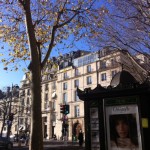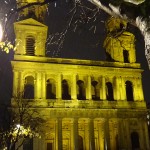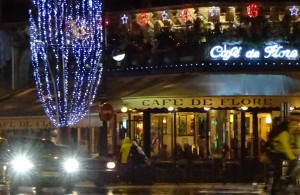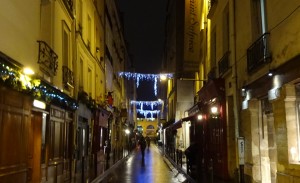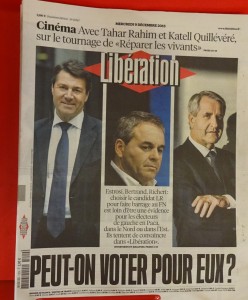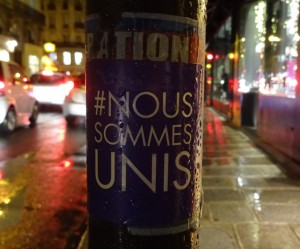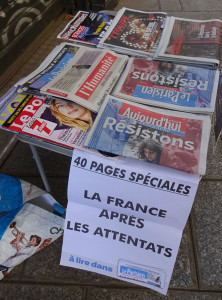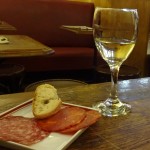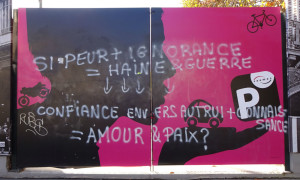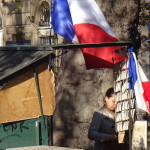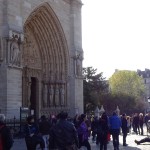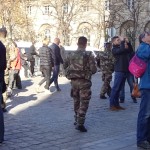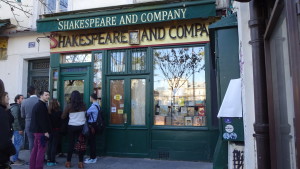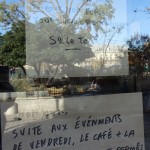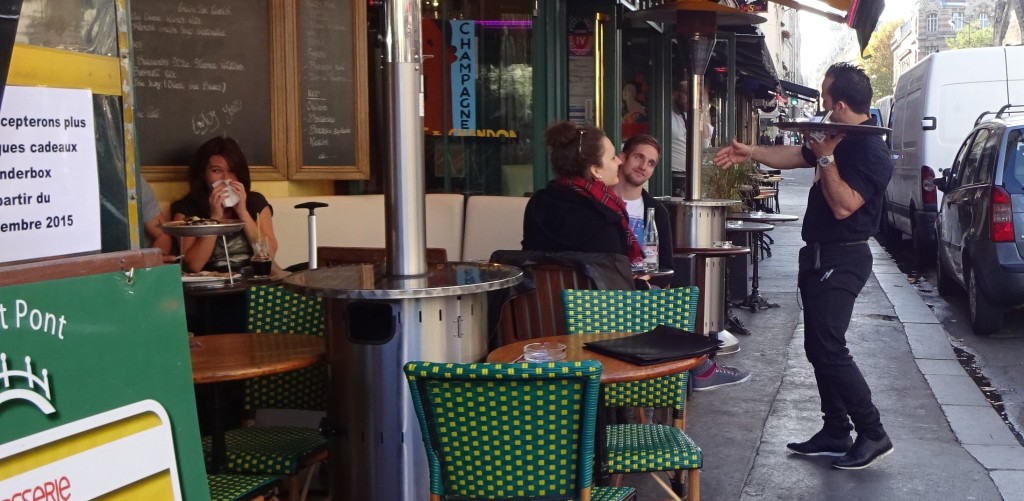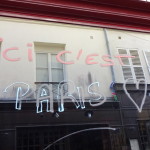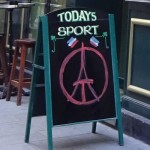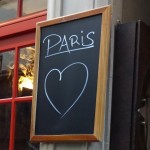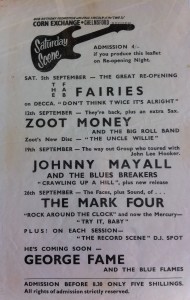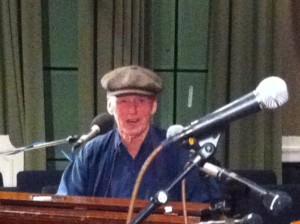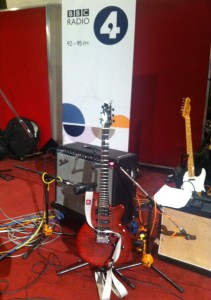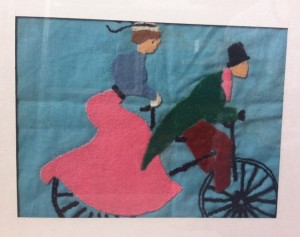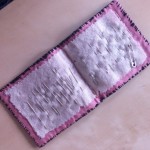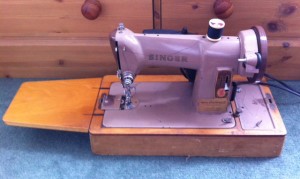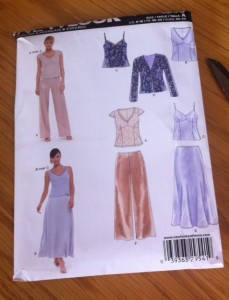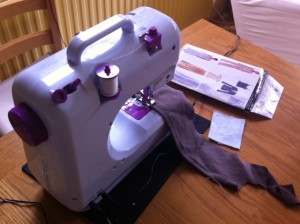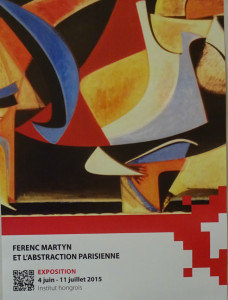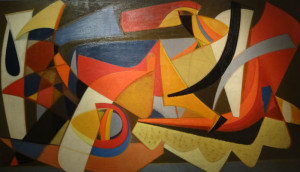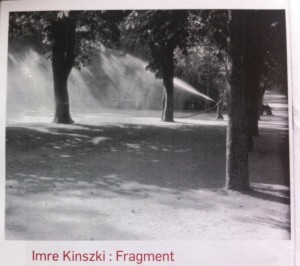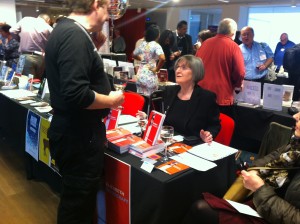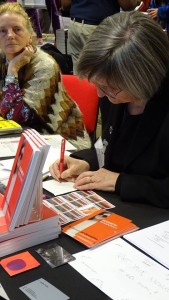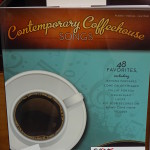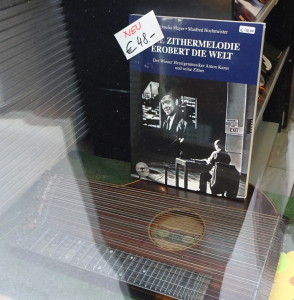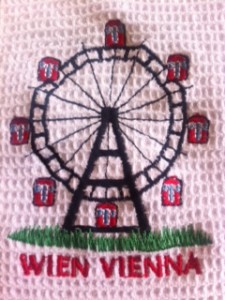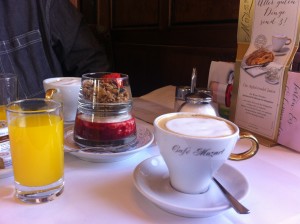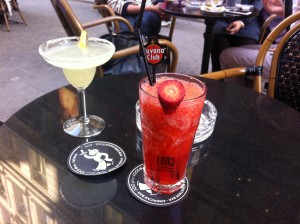Like many other people I couldn’t believe the news, an email in my Inbox saying that David Bowie had died. It seemed simply impossible. He was so young, so creative, so there. I was shocked, and saddened.
In 1964 any avid watcher of the Tonight programme would have seen David Bowie interviewed by Cliff Michelmore about the Society for the Prevention of Cruelty to Long Haired Men.
But my relationship with him began in 1966 when he played at Chelmsford Corn Exchange. That is, my diary entry for that day is headed ‘David Bowie’, but whether I actually stayed in the hall to see him is not recorded. Often there were more interesting things happening outside on a Saturday night in the streets of Chelmsford.
But I sat through his whole set when I saw him in Leicester in the early 70s. He was still incorporating mime into his act at that time. I remember little of the gig itself except that it was all exotic colours and costumes and unexpected performance interspersed with great rock music. Someone wrote to me the other day, after the news of his death, saying he recalled that I had been a great fan of Bowie, but I’m not sure that’s true. Perhaps what he was remembering was our Saturday Party ritual. In 1973 I was living in a shared house near Victoria Park in Leicester, and often on a Saturday morning, my house mate Sue and I, both newly qualified teachers, would decide to have a party. We would roam the streets of Leicester, in our long flowing skirts, and cheese cloth blouses, inviting our friends to an evening of music and party food (jelly and blancmange) and then go home to prepare the house (usually just moving the furniture back against the wall, possibly buying a Party Seven tin of beer). Then, and this was the vital ingredient, just before the allotted time, we would put Suffragette City onto the record player, turn up the volume as loud as it would go, and dance round the living room to get into the party mood. Try it – it still works.
I really lost touch with Bowie after that, I would hear a track that I liked – Let’s Dance, China Girl, Heroes, and learn the words, hum the tune. Hesitantly I went to see the films he was in, but couldn’t forget it was David Bowie. I followed his fashion developments, particularly his long beige mac phase, and the changing hair styles. I liked that he played around with image, I liked that he was his own person. I was interested in him, he was interesting.
After his death was announced, Janice Perry posted this on Facebook. I love its joyfulness, its theatricality, his appearance at the back of the stage, and of course Tina Turner.

